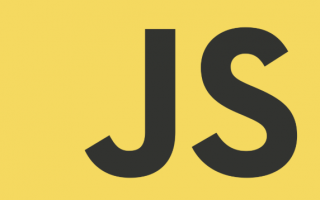Proxy object is used to define custom behavior for fundamental operations (e.g. property lookup, assignment, enumeration, function invocation, etc).
================================================================
handler: Placeholder object which contains traps.
traps: The methods that provide property access. This is analogous to the concept of traps in operating systems.
target: Object which the proxy virtualizes. It is often used as storage backend for the proxy. Invariants (semantics that remain unchanged) regarding object non-extensibility or non-configurable properties are verified against the target.
For Instance:
=============
let validator = {
set: function(obj, prop, value) {
if (prop === 'age') {
if (!Number.isInteger(value)) {
throw new TypeError('The age is not an integer');
}
if (value > 200) {
throw new RangeError('The age seems invalid');
}
}
// The default behavior to store the value
obj[prop] = value;
// Indicate success
return true;
}
};
let person = new Proxy({}, validator);



